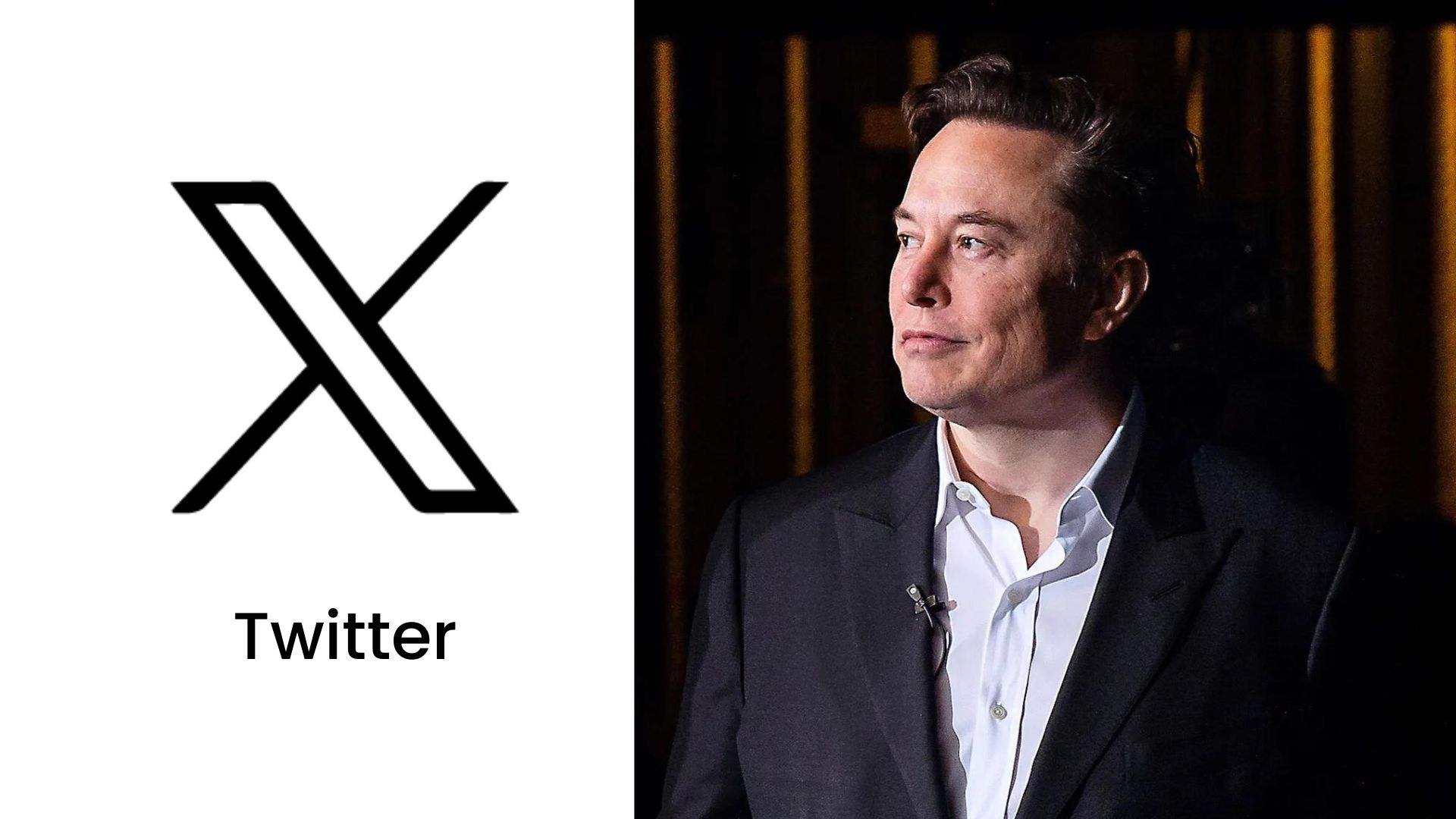In a surprising turn of events, the vibrant and diverse social media landscape of Nepal has recently witnessed a significant shift with the ban of TikTok, the wildly popular short-form video platform. This move, orchestrated by the Nepalese government, has sparked a myriad of reactions, leaving both content creators and avid users in a state of uncertainty. In this blog post, we delve into the reasons behind the TikTok ban in Nepal and explore the potential implications on the country’s digital culture.
The Ban:
On 13th November 2023, the Nepalese government officially banned TikTok, citing concerns related to the content on the platform and its potential impact on societal values. The decision comes amid a global debate on the influence of social media platforms on users, especially the younger demographic.
Reasons Behind the Ban:
Inappropriate Content: One of the primary reasons cited for the TikTok ban in Nepal is the prevalence of inappropriate and potentially harmful content on the platform. The government expressed concerns about the impact such content could have on the nation’s youth, prompting them to take decisive action.
Cultural Sensitivity: TikTok has been both praised and criticized for its role in shaping cultural trends. In Nepal, where cultural sensitivity is of paramount importance, there may be concerns about content that does not align with the country’s values. The ban could be an attempt to regulate the cultural impact of social media platforms.
Implications:
Impact on Creators: The TikTok ban has left many content creators in Nepal without a platform to showcase their talents and connect with their audience. This move has not only disrupted the livelihoods of these individuals but has also created a void in the creative expression of Nepalese youth.
Shift to Alternatives: With TikTok no longer accessible, users are likely to explore alternative platforms for content consumption and creation. This shift could lead to the rise of local or regional platforms, fostering a sense of community and promoting content that resonates more closely with Nepalese values.
Digital Regulation: The ban on TikTok is part of a broader trend where governments around the world are reevaluating their approach to digital regulation. It raises questions about the balance between freedom of expression and the need for responsible content dissemination on social media platforms.
The ban on TikTok in Nepal marks a significant moment in the evolution of the country’s digital landscape. While the government’s concerns about inappropriate content are valid, the decision also prompts a broader conversation about the regulation of social media and its impact on cultural values. As Nepal navigates this new chapter, it remains to be seen how the void left by TikTok will be filled and what implications this move will have on the future of digital expression in the country.


